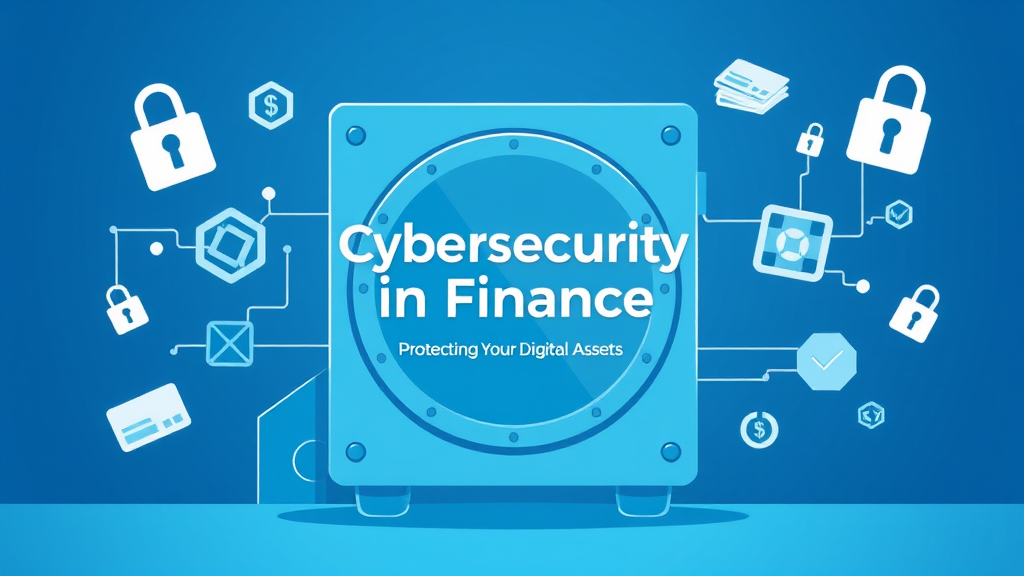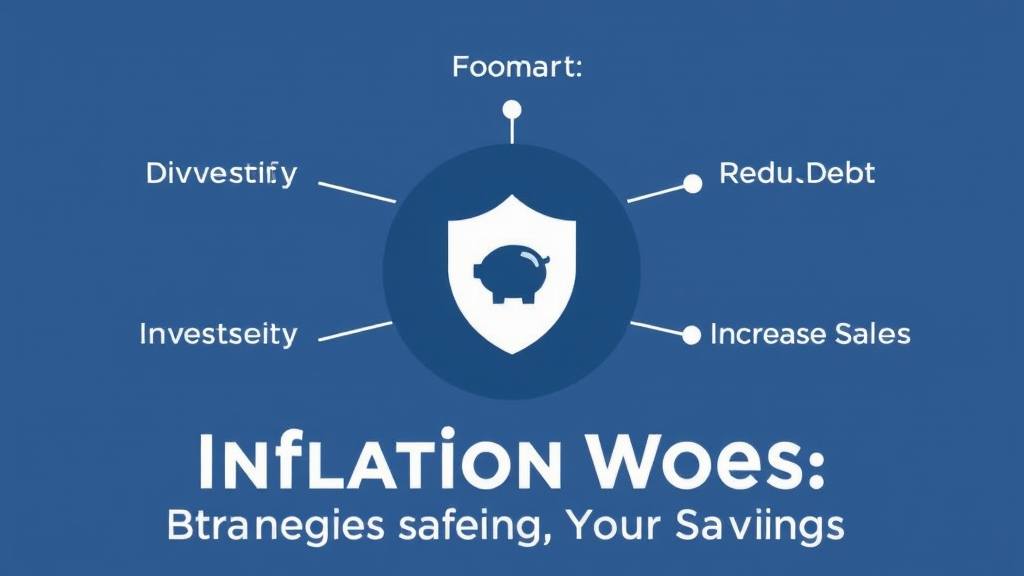Introduction to Cybersecurity in Finance
The Importance of Cybersecurity
In the realm of finance , cybersecurity is paramount. Financial institutions face increasing threats from cybercriminals seeking to exploit vulnerabilities. These attacks can lead to significant financial losses and damage to reputations. Protecting sensitive data is essential for maintaining trust. Trust is the foundation of financial transactions. Moreover, regulatory compliance mandates robust cybersecurity measures. Non-compliance can result in hefty fines. The stakes are high, and the consequences of inaction are severe. Every financial entity must prioritize cybersecurity. It is not just a technical issue; it is a strategic imperative.
Overview of Digital Assets
Digital assets encompass a range of financial instruments, including cryptocurrencies and tokenized assets. These assets operate on blockchain technology, ensuring transparency and security. This technology is revolutionary. Additionally, digital assets offer new investment opportunities and liquidity options. Investors are increasingly drawn to these innovations. However, the volatility associated with digital assets poses risks. Understanding these risks is crucial for informed decision-making. Knowledge is power in finance. As the market evolves, so do the regulatory frameworks governing these assets. Compliance is essential for legitimacy and security.
Current Trends in Cyber Threats
Cyber threats in the financial sector are evolving ralidly. Recent data breaches have exposed sensitive client information. This is alarming for investors and institutions alike. Phishing schemes have become more sophisticated, targeting unsuspecting users. Awareness is crucial in this digital landscape. Additionally, ransomware attacks are on the rise, crippling operations and demanding hefty ransoms. The impact can be devastating. Furthermore, insider threats pose significant risks, as employees may inadvertently compromise security. Vigilance is essential for safeguarding assets. Organizations must adopt proactive measures to mitigate these threats. Prevention is better than cure.
Common Cybersecurity Threats in Cryptocurrency
Phishing Attacks
Phishing attacks are a prevalent threat in cryptocurrency. These attacks often involve deceptive emails or messages. They aim to trick users into revealing sensitive information. This can lead to significant financial losses. Victims may unknowingly provide access to their wallets. Awareness is key to prevention. Additionally, attackers frequently impersonate legitimate exchanges or services. This tactic exploits trust and urgency. Users must verify sources before clicking links. A moment of caution can save assets. Education on recognizing phishing attempts is essential. Knowledge empowers users to protect themselves.
Malware and Ransomware
Malware and ransomware pose significant threats to cryptocurrency users. These malicious software types can infiltrate systems and encrypt data. This leads to demands for ransom payments inwards cryptocurrency. Common types of malware include:
Each type exploits vulnerabilities in user systems. Users must maintain updated security software. Regular backups are essential for recovery. Awareness of these threats is crucial for safeguarding assets. Knowledge is power in cybersecurity.
Exchange Hacks
Exchange hacks are a critical concern in cryptocurrency. These breaches often result in substantial financial losses for users. Hackers exploit vulnerabilities in exchange security protocols. This can lead to unauthorized access to user accounts. The consequences are severe. Notable incidents have resulted in millions lost. Users must choose exchanges with robust security measures. Two-factor authentication is essential for added protection. Regular audits can enhance security. Awareness of potential risks is vital. Knowledge helps users make informed decisions.
Best Practices for Protecting Digital Assets
Using Strong Passwords and Two-Factor Authentication
Using strong passwords and two-factor authentication is essential for securing digital assets. A robust password should include a mix of letters, numbers, and symbols. This complexity enhances security significantly. Additionally, two-factor authentication adds an extra layer of protection. It requires a second form of verification, such as a text message or authentication app. This method reduces the risk of unauthorized access. Users must regularly update their passwords. Frequent changes can thwart potential breaches. Awareness of these practices is crucial for safeguarding assets. Knowledge is the first line of defense.
Regular Software Updates and Security Patches
Regular software updates and security patches are vital for protecting digital assets. These updates address vulnerabilities that cybercriminals may exploit. Timely application of patches can prevent unauthorized access. Users should enable automatic updates whenever possible. This ensures systems remain secure without manual intervention. Additionally, outdated software can lead to compatibility issues. Staying current is essential for optimal performance. Awareness of the latest security threats is crucial. Knowledge empowers users to take proactive measures.
Cold Storage Solutions
Cold storage solutions are essential for securing digital assets. These methods involve keeping cryptocurrencies offline, away from potential cyber threate. By using hardware wallets or paper wallets, users significantly reduce the risk of hacking. This approach is highly effective. Additionally, cold storage protects assets from malware and phishing attacks. Regularly reviewing and updating security practices is crucial. Users should also ensure that backup copies are securely stored. Awareness of cold storage options is life-sustaining for asset protection. Knowledge is the best defense against loss.
Regulatory Framework and Compliance
Understanding Regulatory Requirements
Understanding regulatory requirements is crucial for financial entities. Compliance with these regulations ensures operational legitimacy. Each jurisdiction has specific laws governing cryptocurrency activities. Non-compliance can lead to severe penalties. Organizations must implement robust compliance programs. This includes regular audits and employee training. Awareness of evolving regulations is essential for risk management. Knowledge helps mitigate potential legal issues. Staying informed is a strategic advantage.
Impact of Regulations on Cybersecurity Practices
Regulations significantly influence cybersecurity practices in financial institutions. Compliance mandates require organizations to adopt stringent security measures. This includes implementing advanced encryption and access controls. Such measures protect sensitive data from breaches. Additionally, regulatory frameworks often necessitate regular security assessments. These assessments identify vulnerabilities and enhance overall security posture. Organizations must stay updated on regulatory changes. Awareness is key to maintaining compliance. Knowledge of regulations fosters a proactive security culture.
Future of Compliance in Cryptocurrency
The future of compliance in cryptocurrency is evolving rapidly. Regulatory bodies are increasingly focusing on establishing clear guidelines. This includes frameworks for anti-money laundering (AML) and know your customer (KYC) practices. Compliance will likely require enhanced transparency in transactions. Organizations must adapt to these changing regulations. Additionally, technology will play a crucial role in compliance. Automated systems can streamline reporting and monitoring processes. Staying informed is essential for navigating this landscape. Knowledge is power in compliance.
Emerging Technologies in Cybersecurity
Blockchain Technology for Enhanced Security
Blockchain technology offers enhanced security for digital transactions. Its decentralized nature reduces the risk of single points of failure. Each transaction is recorded in a tamper-proof ledger. This transparency fosters trust among users. Additionally, cryptographic techniques ensure data integrity and confidentiality. Organizations can leverage smart contracts for automated compliance. These contracts execute transactions based on predefined conditions. Awareness of blockchain’s potential is crucial for cybersecurity. Knowledge empowers users to adopt innovative solutions.
Artificial Intelligence in Threat Detection
Artificial intelligence significantly enhances threat detection capabilities. By analyzing vast amounts of data, AI identifies patterns indicative of cyber threats. This proactive approach allows for quicker responses to potential breaches. Machine learning algorithms continuously improve their accuracy over time. Organizations can thus mitigate risks more effectively. Additionally, AI can automate routine security tasks, freeing up human resources. This efficiency is frucial in a fast-paced environment. Awareness of AI’s role in cybersecurity is essential. Knowledge leads to better security strategies.
Decentralized Finance (DeFi) Security Innovations
Decentralized finance (DeFi) introduces innovative security measures. These measures aim to protect user assets in a trustless environment. Smart contracts are designed to automate transactions securely. This reduces the risk of human error. Additionally, multi-signature wallets enhance security by requiring multiple approvals. This adds an extra layer of protection. Regular audits of smart contracts are essential for identifying vulnerabilities. Awareness of these innovations is crucial for users. Knowledge fosters confidence in DeFi platforms.
Conclusion and Future Outlook
Summary of Key Points
Key points highlight the importance of cybersecurity in finance. Effective measures include strong passwords and two-factor authentication. Regular software updates are indispensable for security . Cold storage solutions protect digital assets from threats. Additionally, understanding regulatory requirements is crucial for compliance. Awareness of emerging technologies enhances security practices. Knowledge empowers users to make informed decisions. Staying proactive is vital for asset protection.
Future Challenges in Cybersecurity
Here are 10 trending article titles for a financial website based on the latest news and analysis of financial trends: No input data
Call to Action for Investors and Users
Investors and users must prioritize cybersecurity measures. This includes adopting strong passwords and enabling two-factor authentication. Regularly updating software is essential for protection. Additionally, users should educate themselves about emerging threats. Awareness can significantly reduce risks. Engaging with reputable platforms enhances security. Users must also consider cold storage for digital assets. Proactive measures are crucial for safeguarding investments. Knowledge is the best defense against cyber threats.









